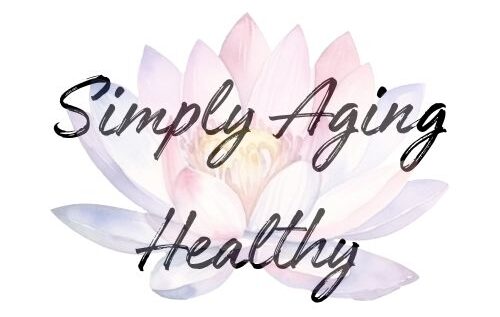Why Do My Legs Hurt Cycling (New Riders Over 60)
Are you a recent addition to the cycling world? If you are, good for you!
Cycling is an excellent way to stay fit, regardless of age, and all you need is a trusty bicycle.
It’s a great low impact sport that is easy on your joints. So, why are so many people complaining about leg pain with cycling?
If your ride has been slowed down or ruined by leg pain, you may have considered throwing in the towel and giving up on cycling all together.
But hold on, don’t give up just yet! Staying active is so important as we age.
Don’t worry if your legs are giving you problems- we’ll figure out what’s causing them and put an end to the agony, so you can enjoy your ride with ease!
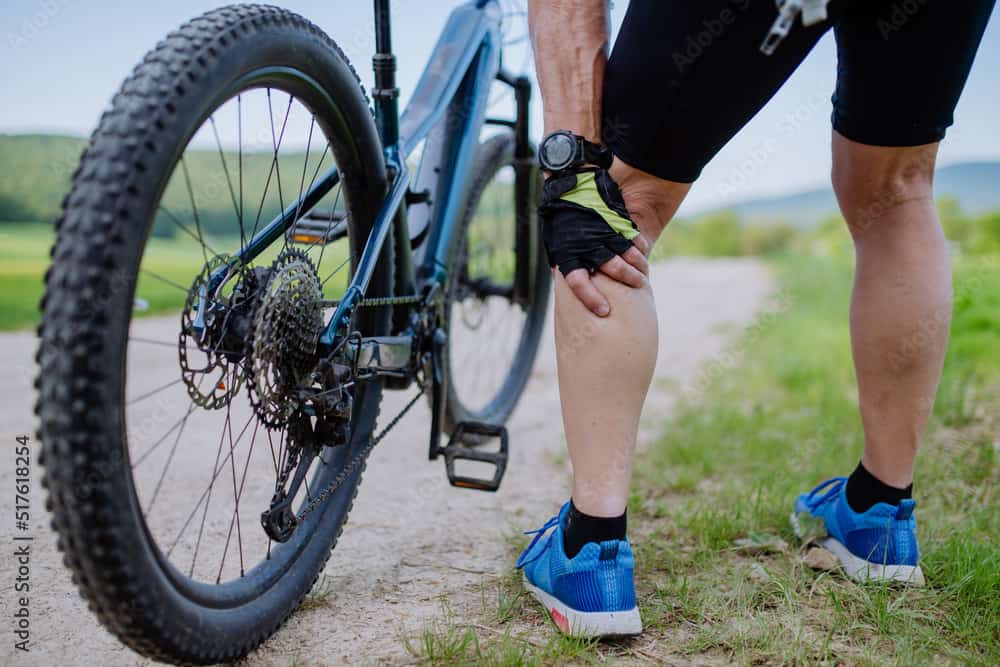
This post contains affiliate links. As an Amazon Associate, I earn from qualifying purchases. This means I may earn a commission, at no extra cost to you, should you choose to make a purchase using my link.
Possible Causes of Leg Pain When Cycling
If you’ve been experiencing pain in your legs while riding your bike, you might want to take some time to figure out why.
There are several reasons why your legs may hurt cycling.
Such as overtraining, improper body alignment, too much pressure on the pedals, underline medical condition or an injury.
In order to determine what is causing your discomfort, you’ll first need to identify the location of the pain such as calf, hamstring or quad and when the pain is occurring.
Once you know where the pain is coming from, you can then decide whether you need to talk to your doctor or if you just need to change something with your training.
Here are a few reasons that you may be experiencing pain in your legs while cycling and a few tips on how to fix it.
Bike Fit
This sounds simple but if your bike is not set up right for you it can cause extra stress on your butt, legs, knees and feet.
If your bike seat is too high or too low for you it can cause you to apply to much pressure to the knees.
If your handlebars are not set up right for you it can cause extra stress on your sciatica. The sciatic nerve starts in the back, but pain can radiate down the leg.
How to fix it – If you’re having increased leg pan and you’re not sure if your bike is set up properly, take a little trip to your local bike shop. They are usually happy to help you get the right fit.
Muscle Imbalances
This happens when you have some muscles in your legs that are stronger than others.
This can cause leg pain because it causes uneven pressure on the joints with one side being pulled tighter than the other. It can cause locking joints.
How to fix it – You may want to do more stretching before and after your rides.
You may also benefit by hitting the gym. Consider doing more unilateral workouts with either dumbbells or body weight.
Try doing front and back lunges, step ups, Bulgarian split squats, single leg Romanian dead lifts and pistol squats.
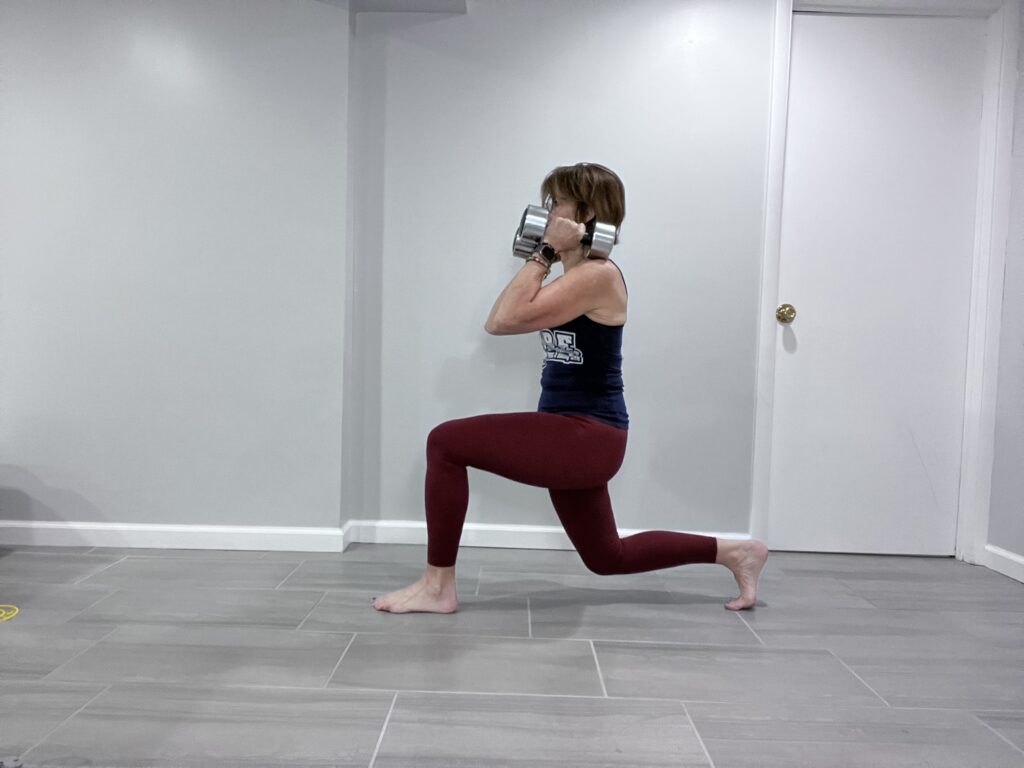
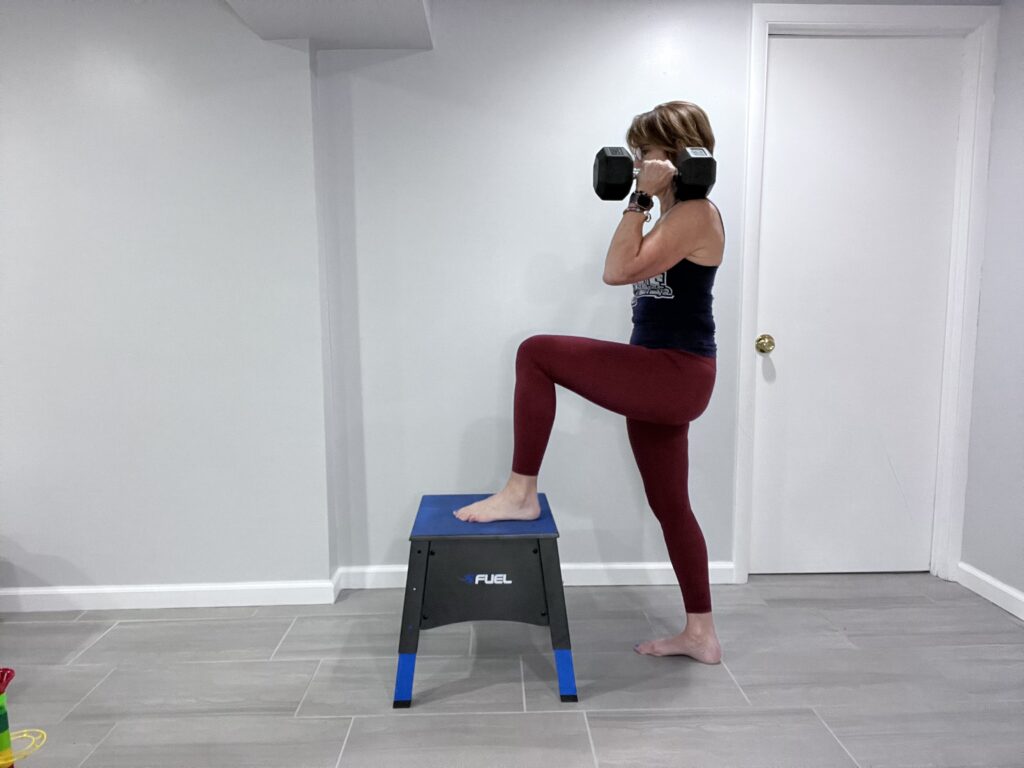
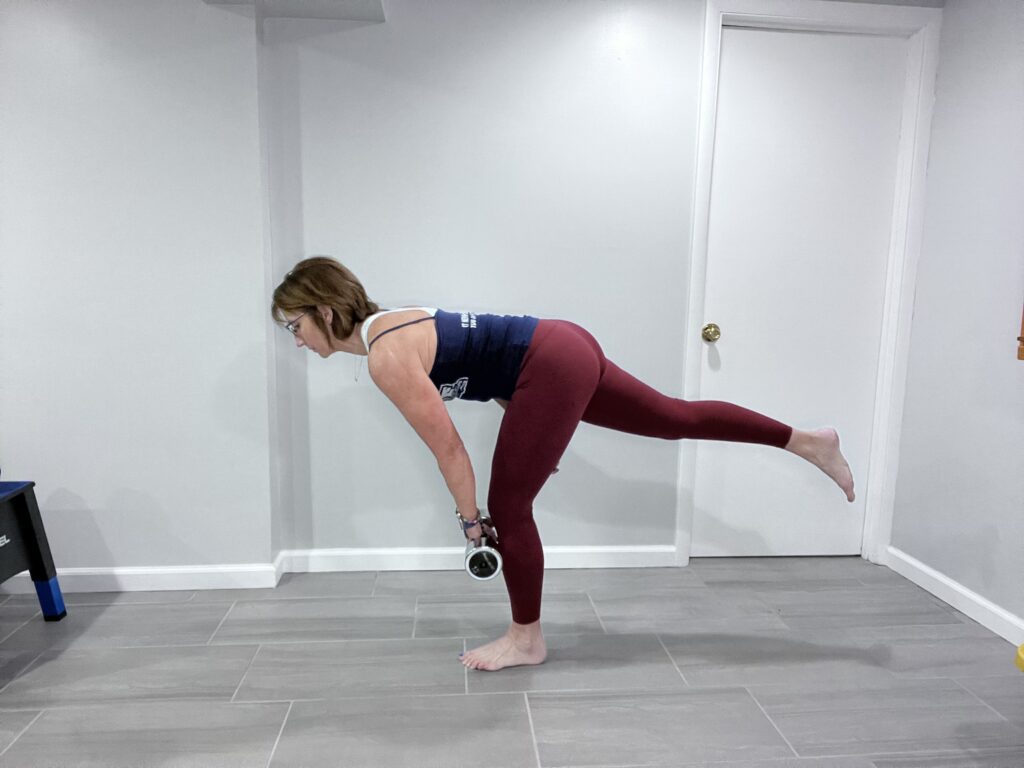
This causes the muscles of one leg to work as hard as the other since they cannot help each other out like they can on bilateral leg workouts.
This helps to prevent one leg from being stronger than the other.
Muscle Fatigue
Believe it or not you may be simply over training.
Most people get focused on getting better, getting stronger, going faster. This can cause the muscles to undergo severe stress.
When your muscles go through a lot of stress it can cause deep muscle fatigue and micro-tears in your muscles.
Making your muscles do more than they are used to can cause muscle damage.
Increased stress on the muscles can also produce lactic acid. When you have a higher production of lactic acid your legs start to hurt.
As the pain increases, you will tend to decrease your intensity while riding. This in turn can slow your progress.
How to fix it – Embrace your rest days. Don’t avoid them.
Rest days are just as important as a strong push day. They help your body to repair itself.
Also try to limit your push days. As we age you will find that you cannot do as many push days as you used to. That’s okay you just need to add more lower intensity days.
Muscle Strain
The most common cause of leg pain while cycling is muscle strain.
Muscle strains occur due to improper movement patterns or when muscles become tight due to prolonged use.
When you ride a bicycle, your muscles work harder than if you were walking around at a steady pace.
As a result, your muscles tighten up and pull on the tendons that connect them to bones such as the IT band.
These strained muscles can be painful and difficult to move.
How to fix it – You should see a doctor immediately if you notice swelling, bruising, or redness in your leg.
Be sure to do a warm up before heading out on your bike and a cool down after.
This will help to keep your muscles stretched and help avoid any injuries.
A muscle strain can be treated with rest, ice packs, compression bandages, and anti-inflammatory medications.
Dehydration And Poor Nutrition
If you fail to keep hydrated it can cause cramping of your legs.
You should focus on hydration both on and off your bike.
It is also important to keep your electrolytes balanced.
Your body needs electrolytes such as sodium, potassium, and magnesium to function properly.
You will also want to be sure to eat right before and after your ride.
This can help to keep you from falling flat and totally ruining a great ride!
How to fix it – Work on staying hydrated every day even on your non training days.
You should try to drink a gallon of water daily.
If you’re hydrated getting on your bike and make a point to stop every 30 minutes to rehydrate – this should prevent you from dehydrating and cramping up on your ride.
Also be sure to keep your electrolytes balanced. Magnesium, potassium and sodium are essential in keeping you moving forward.
So keep your water and sports drinks around and make a point to drink them often!
If you need help with figuring out what to eat and when – you can check out this article: Beginner Bike Rider Over 60: How To Fuel For A Ride? | Simply Aging Healthy
Underlying Medical Conditions
Aging can bring along some increased chances of underlying medical conditions such as arthritis and altered blood flow.
If you have any underlying conditions, you need to be sure and discuss this with your doctor before starting any fitness program.
A few medical conditions include:
- Varicose veins – Do you have bulging veins in your legs? This could be varicose veins. This can cause a dull ache in your legs. You may want to consider using compression socks or support hose to help with the pain.
- Peripheral Artery Disease – this is caused by damaged or narrow arteries in the legs. It decreases blood flow and can cause pain and discomfort. This pain does become worse when you are active such as when riding your bicycle.
- Arthritis – This can cause leg pain. It is due to inflammation which could be due to overuse of the joint or an autoimmune disorder. You may want to discuss medication or lifestyle changes with your doctor.
- Gout – This is a form of arthritis. It is caused by a build up of uric acid in the joints that the body cannot dispose of as usual. This causes pain mostly in the feet but can really strike anywhere. Most often changing up your diet can help with this.
- Tendonitis – There may not be a specific cause for this. This can be painful to touch. You may need rest and massage to the area. Sometimes a cortisone injection from your doctor may help to resolve this.
Your doctor may want to monitor you closer, or add medications or add suggestions for a safer ride.
Most physician will encourage you to get into some form of fitness program including cycling.
Conclusion
If you’re like me, aches and pains seem to increase more and more every year.
This shouldn’t stop us from staying active. Finding the reasons for why your legs hurt cycling will help you to fix the problem.
Many times, just changing things up a bit and stepping back is all we need to keep going.
No, we are no longer 18 or even 50 so we can’t treat our bodies like we used to. A little self-love will keep you wanting to stay in the saddle for a long time.
